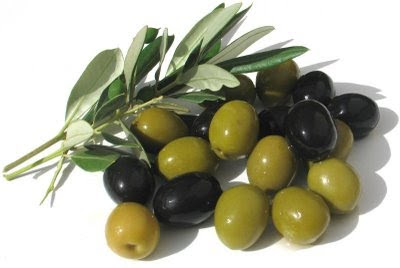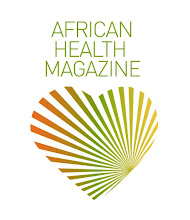
GUEST BLOGGER - DEBBY SOETAN (Fitness Guru)
From an early age we start to become highly judgemental of our bodies and begin to notice what we may call imperfections. Haven been in that position myself, I am familiar with what it’s like to look in the mirror and spot areas of my body I would like to be trimmer, slimmer and leaner. Sometimes one even pulls the skin back on the “flawed” body part to present an illusion of how a firmer body will look like.
In most cases Africans are mainly concerned with the outer appearance when it comes to weight loss. People wanting to lose weight can often get fixated on the final target weight. However many are unaware of the huge health benefits that they gain from smaller amounts of weight loss achieved along the way.
The following significant improvements to health are realized with just 10% loss of your current bodyweight:
1. 10% reduction in total cholesterol
2. 40-50% reduction in cancer-related deaths
3. Over 50% reduction in developing diabetes
And that is only the tip of the iceberg. The benefits that a healthy and fit lifestyle can have are amazing. The aim of this column is to educate and inspire Africans to live a healthier life, and more importantly maintain it through exercise.
Tip of the Week: Did you know that it is estimated that a 150-pound person who walks 2.5 miles in an hour will burn approximately 210 calories? Walking can also help reduce stress and improve muscle tone.
Be sure to wear a comfortable pair of shoes, preferably trainers. Also ensure you warm up before you start this is very important so as to allow your muscles to relax before exercise. Start by walking at a very gentle pace for about 5-10 minutes. The second half of the warm up process involves stretching. There are different types of stretches that can be done, such as abs and glute walking stretch, thigh walking stretch, calves walking stretches, etc.
Improvise. You don’t have to set time out of your day just for walking. We Africans tend to drive everywhere we go even for short journeys. Try substituting those short drives for a walk instead.
More information on walking can be found on the website walking.about.com.




























